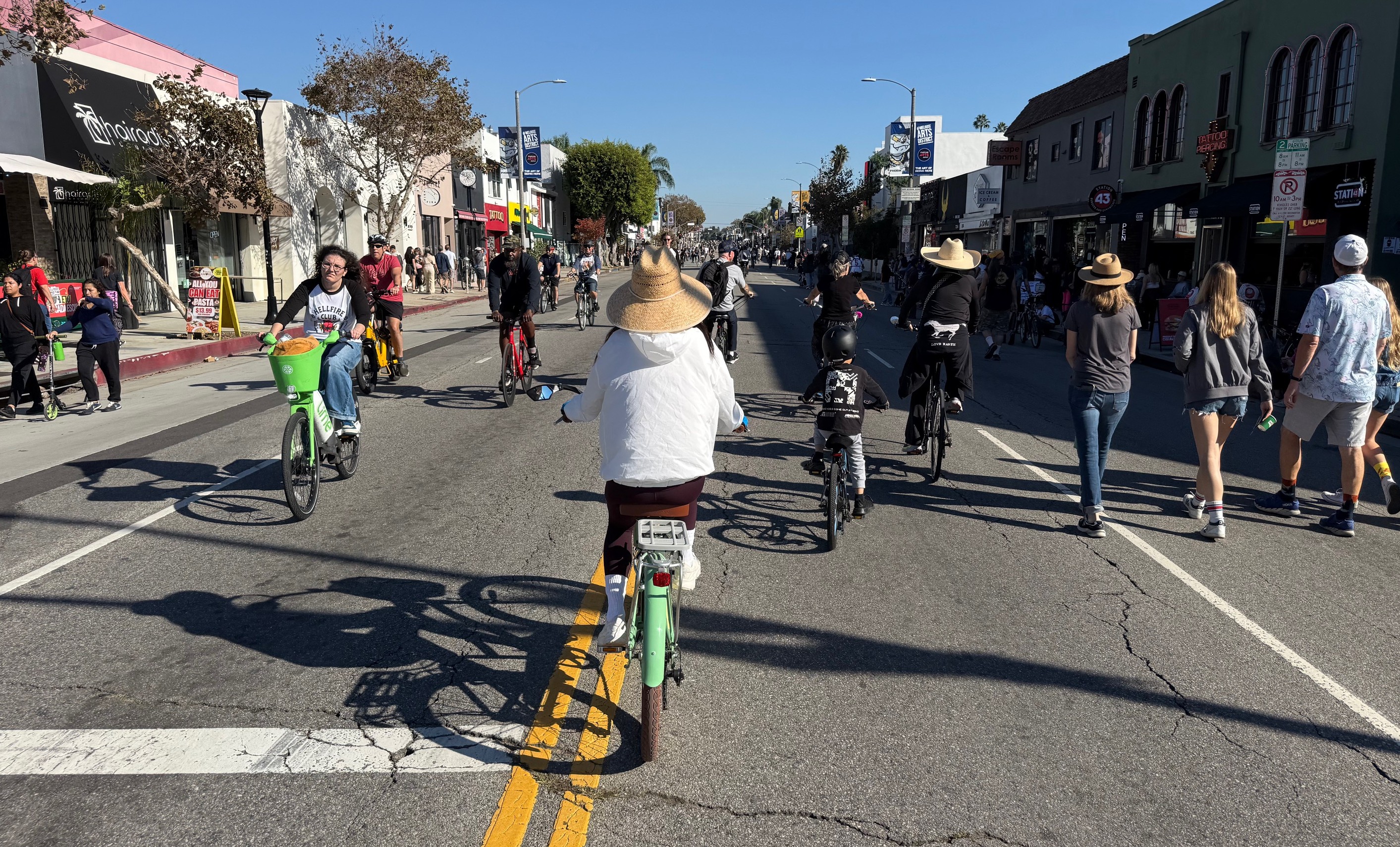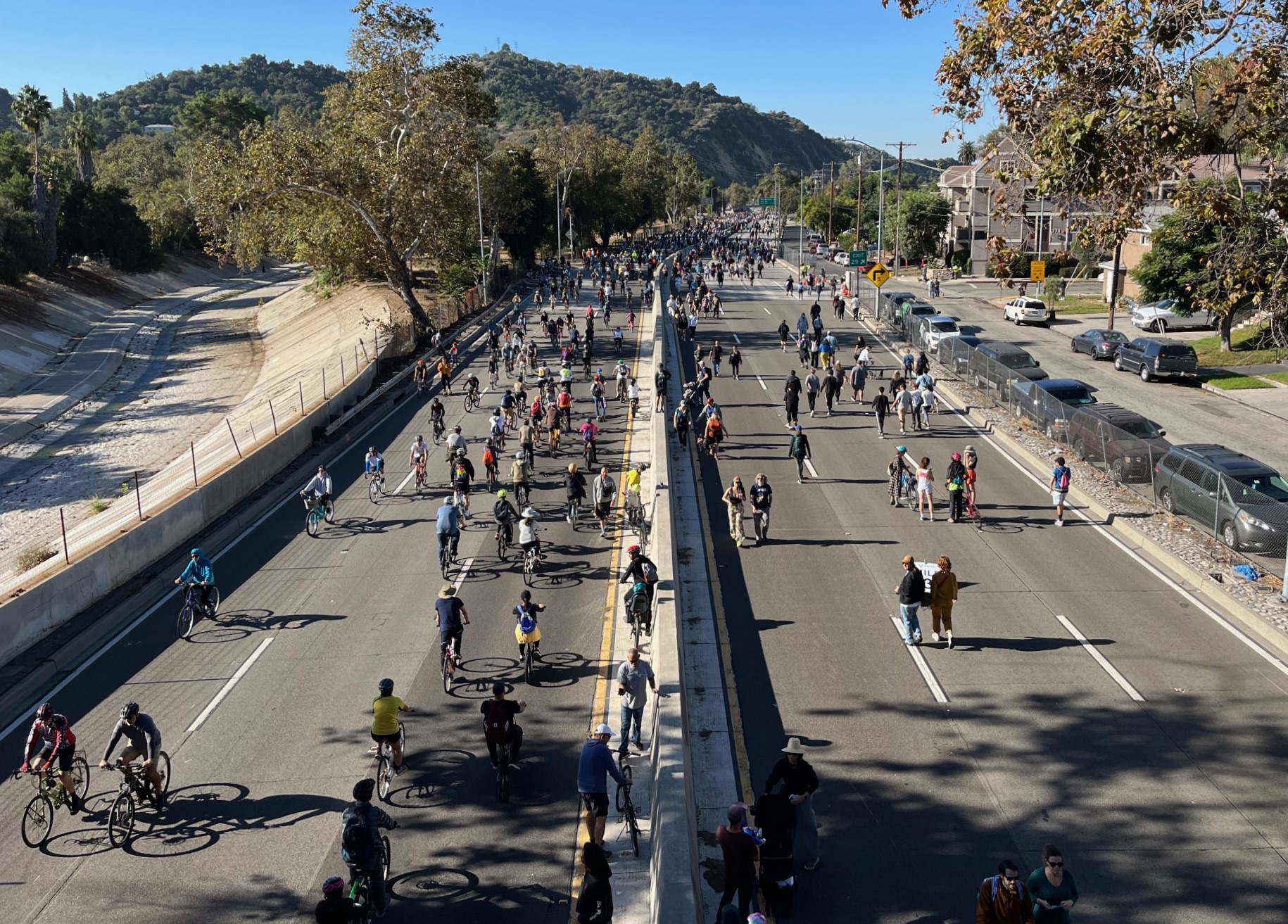
Over the weekend, I was drawn to a fantastic post on the real cost of subsidized parking at Cal Tech in Pasadena by Zane Selvans, who's name should be familiar to readers who frequent the Streetsblog comments section. Zane's post has an incredibly detailed breakdown not just on the real susbsidy of parking at the college, but also how the school perhaps accidently encourages driving over other forms of travel.
For those of you who may not have time to read Zane's full post at the moment, he's given me permission to provide an excerpt below:
Accepting that a parking space costs $1122/year to provide, and thatCaltech only charges $480/year for a permit, what we have in effect isa net $642/year or $53.50/month subsidy to drivers. It is instructiveto compare this to the monthly subsidies offered on other methods of transit:
Mode Subsidy Vanpool $50 Metrolink Train $50 Metro Pass (bus/light rail) $25 Bicycling $0 Walking $0 You’ll notice that driving is actually the most subsidized mode of
transportation, though vanpools come close to competing with driving on
an even playing field. Metrolink doesn’t really count since it only
gets you as close at Union Station in downtown LA. The odd thing is,
these subsidies are supposedly meant to incentivize the use of
alternative transportation options. In reality, the biggest financial
incentive Caltech provides is for the thing that it doesn’t want you to
do: drive, and the smallest incentives ($0) are for walking and biking,
which require virtually no investment on the institute’s part, and
don’t generate congestion or pollution. Additionally if the point of
the subsidy is to make one option more attractive than another, it
doesn’t make any sense to subsidize everything. Doing so makes it
impossible economically to differentiate one option from the others.
Furthermore, offering more money for the more expensive options hides
the real relative costs, which are then being borne by the subsidizing
party.
Image: Sea Digs/Flickr






